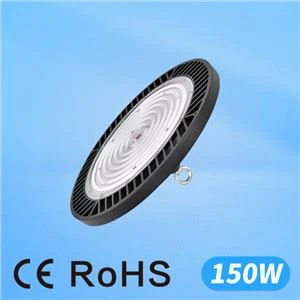Local and TV spectators require adequate lighting levels to enjoy these events. As arenas and stadiums get larger, the distance from the playing field to the spectator also increases. Factors like glare play an important role for everyone involved as well as TV cameras and nearby residents. The IES has recently published RP-6-15 to address lighting levels and other practical considerations for sporting and recreational area lighting. Some of these will be discussed in this article.
As different as some sports are, so too are the lighting requirements. Factors such as ball size and speed, height off the ground, and arena layout make for some interesting challenges. Lighting experts know that they must workaround speakers, scoreboards, netting and camera platforms. Reflected light from surfaces such as ice, water, snow, polished floors and glass partitions introduce additional issues.
Certain ground level sports are conducted so that neither players nor spectators look up. These include: boxing, curling, field and ice hockey, skating, and swimming (except high diving). The key to lighting these sports is a well distributed horizontal illuminance to minimize shadows. This often is best accomplished by using several lighting fixtures to evenly distribute the lighting in a layered approach. Archery, bowling, skiing, and target shooting are unidirectional ground level sports which require critical vertical illuminance at the target. These sports will typically aim the lighting fixtures at the target while shielding players and spectators alike. Our LED offers shields and baffle options (with IES data) for most field installations and can customize something special if needed.
The advent of televised sports has changed many illuminance requirements so the camera view is as uniform as possible over the entire playing surface. Typically a sweep aiming technique is used by aiming groups of fixtures from one side to the opposite side of the field so that the vertical illuminance is uniformly distributed. Additionally, larger stadiums increase the distances between players, spectators, and cameras. The resulting lighting requirements are often several times higher than the players themselves need. The combination of sweep aiming and increased lighting levels results in a greater initial cost, repeated energy cost, and elevated light trespass offsite. For solution trials by modeling, Our LED lighting fixtures are provided with IES lighting data for not only the standard fixtures; but also data using the optional shield and baffle options.






